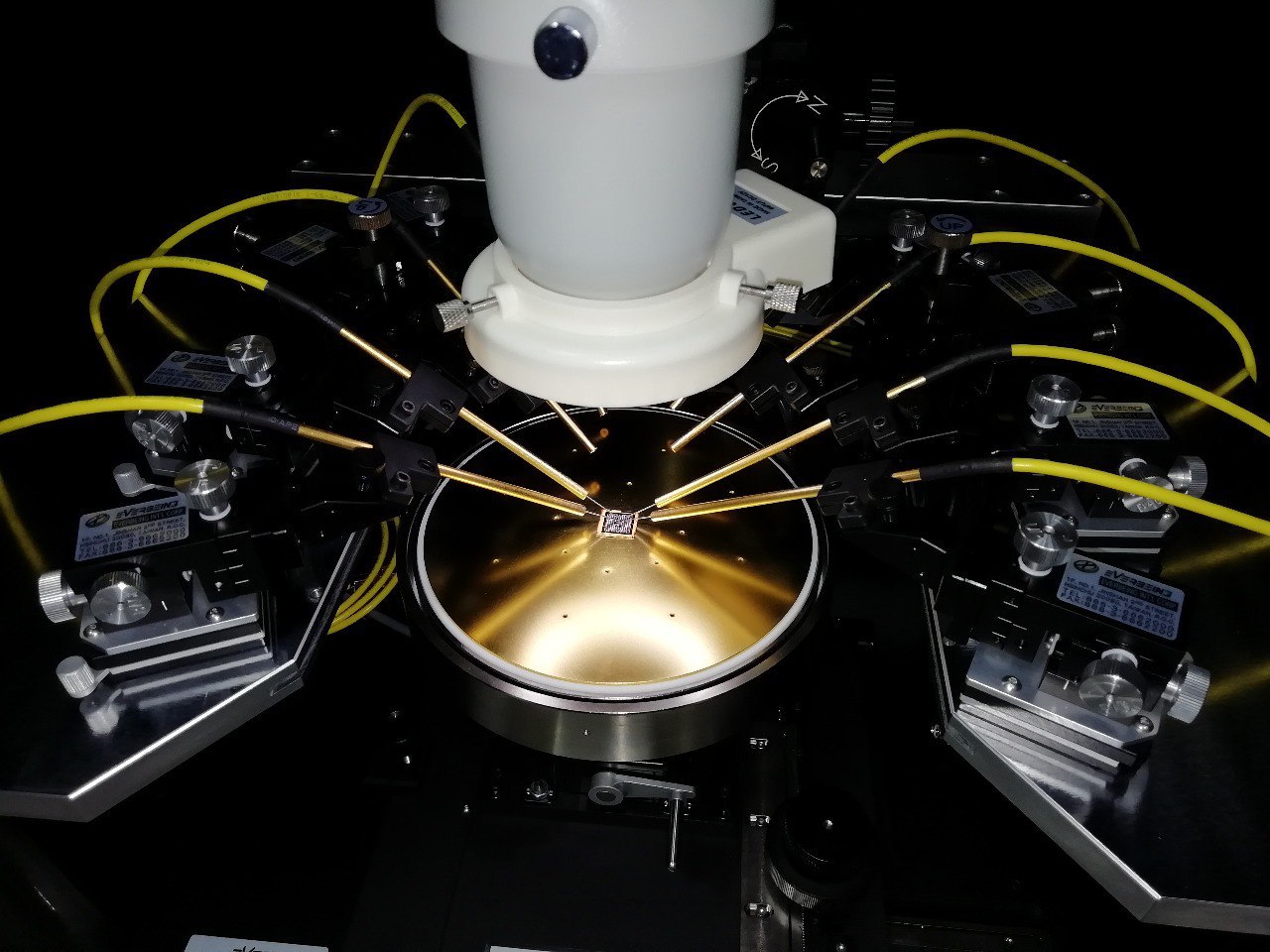New method for diagnosing memristors proposed by UNN researchers

Researchers from the Faculty of Radiophysics and the Faculty Physics at Lobachevsky University have proposed a method for diagnosing memristors using the spectrum of electric current noise through the contact probe of an atomic force microscope. This method allows for a finer analysis and tuning of the operation modes of memristor structures.
According to UNN scientists, modern memristor devices, which are capable of storing and processing large amounts of data, can often exhibit unstable behaviour. Therefore, the search for materials and structures for memristors with better properties remains one of the main lines of research in micro- and nanoelectronics.
" We have used the noise diagnosis method to analyse memristor structures. The method’s high resolution and non-invasiveness make it possible to improve the performance of Russian microelectronic devices, which opens up new avenues of research. To date, this is one of the easiest and safest ways (for the memristor structure) to assess the electrophysical parameters of the memristor, as well as the quality and reliability of its materials," says Alexey Klyuev, Associate Professor at the Faculty of Radiophysics.
In an article published in the Japanese Journal of Applied Physics, Lobachevsky University scientists shared the results of their analysis of low-frequency noise in a silicon nitride-based memristor. Being chemically inert to moisture and oxygen, nitrides are increasingly seen as a promising material for memristors.
"A memristor is typically a nanofilm deposited between electrodes forming a metal-dielectric-metal structure. When voltage is applied, oxygen ions in the dielectric begin to move and the vacated spaces form conductive channels, so-called filaments, that enable the transfer of the electric charge from electrode to electrode. The amount of charge passing through the structure changes the resistance of the memristor and allows it to 'remember' the electric charge by changing the properties of the structure," explains Alexey Klyuev.
Being able to monitor and describe these processes in detail will help to make the operation of the memristors more stable. Scientists applied between the silicon nitride film and the substrate a silicon oxide sublayer two nanometres thick, which was found to reduce low-frequency noise. However, it also reduced the life of the sample, which is due to the resistance of the oxide sublayer that contributes to the reduction of the current and the diameter of the conductive channels.
The method of noise diagnosis makes it possible to determine current fluctuations and understand their dependence on the jumps of individual oxygen ions inside and outside the conductive channels, as well as to determine the number of such ions. Lobachevsky University researchers are planning to use this method to search for materials and structures for an "ideal" memristor.
The research is being conducted within the framework of a mega-grant from the Russian Federation Government.



